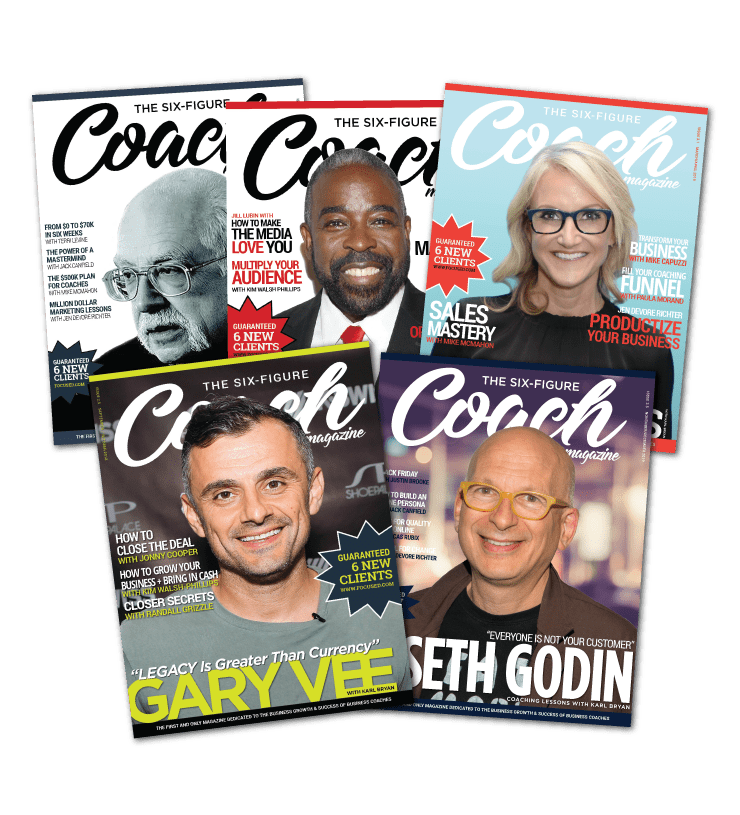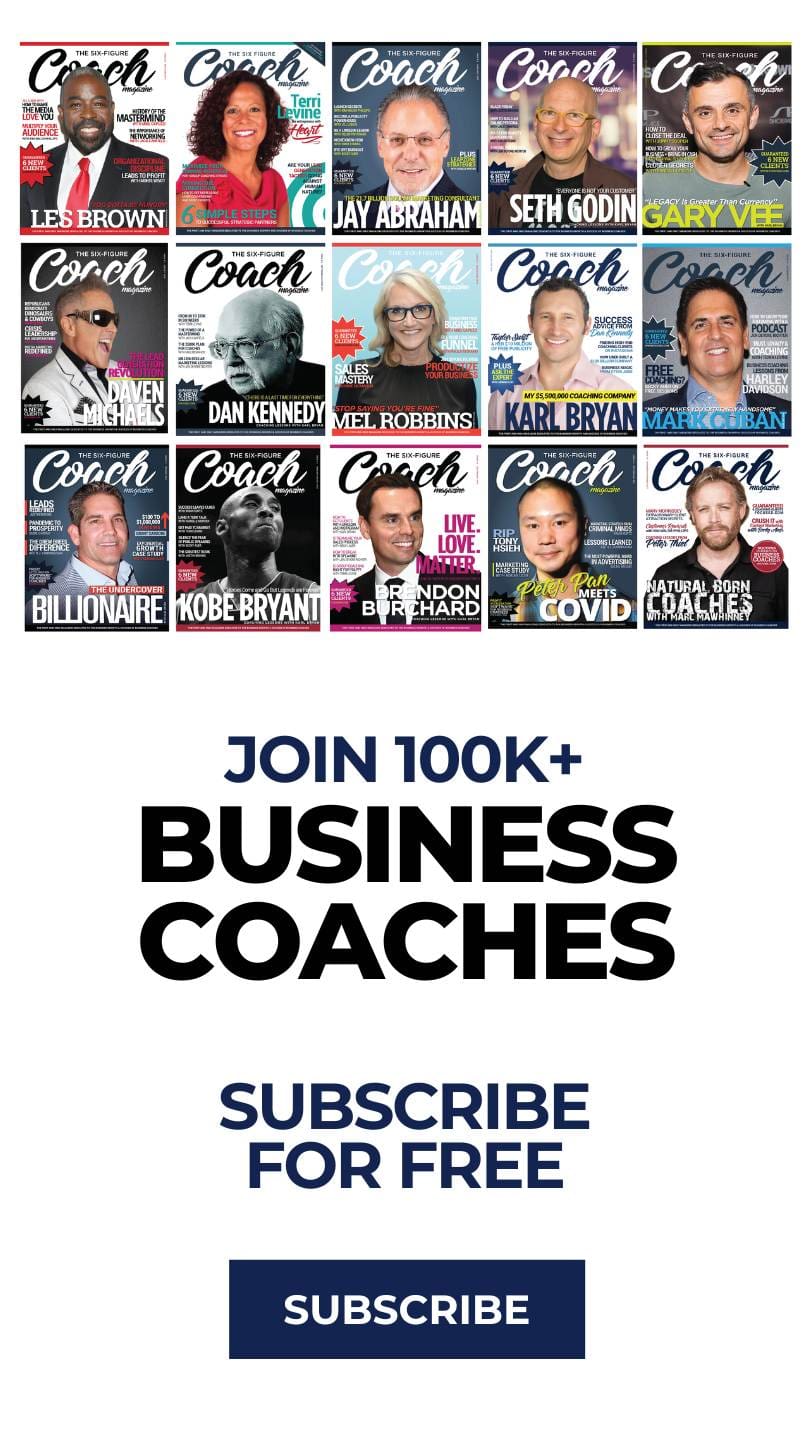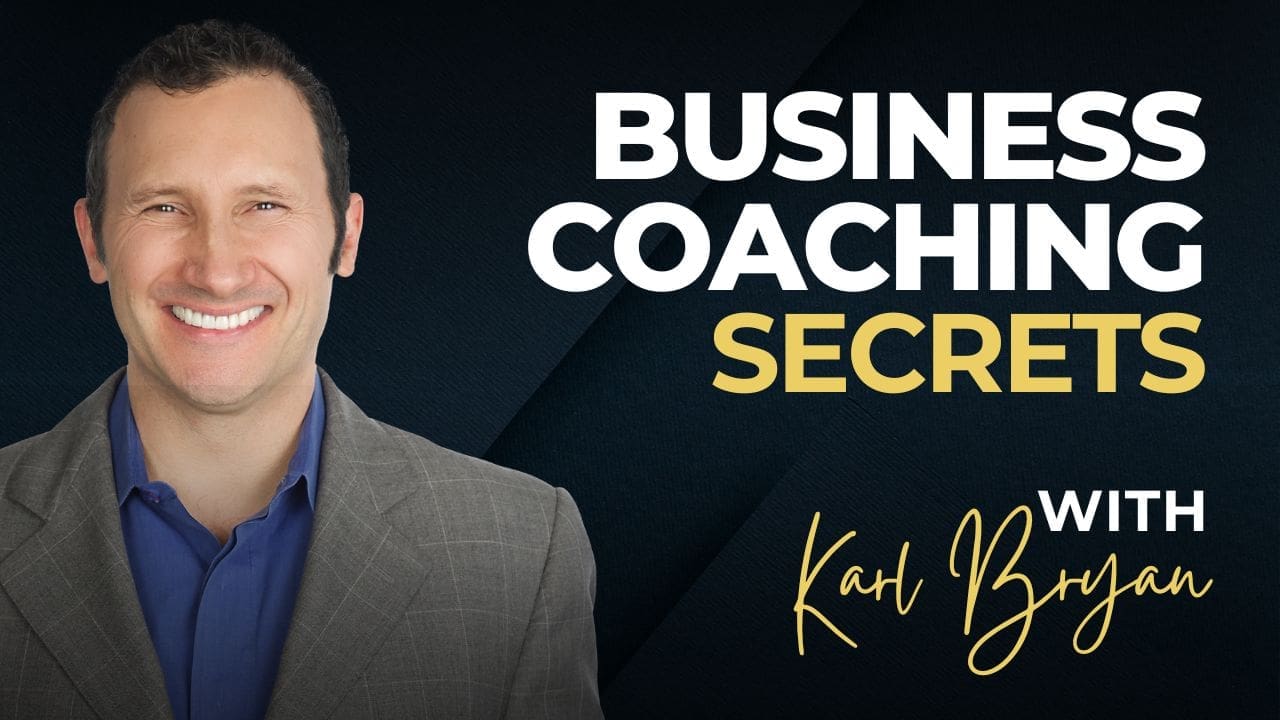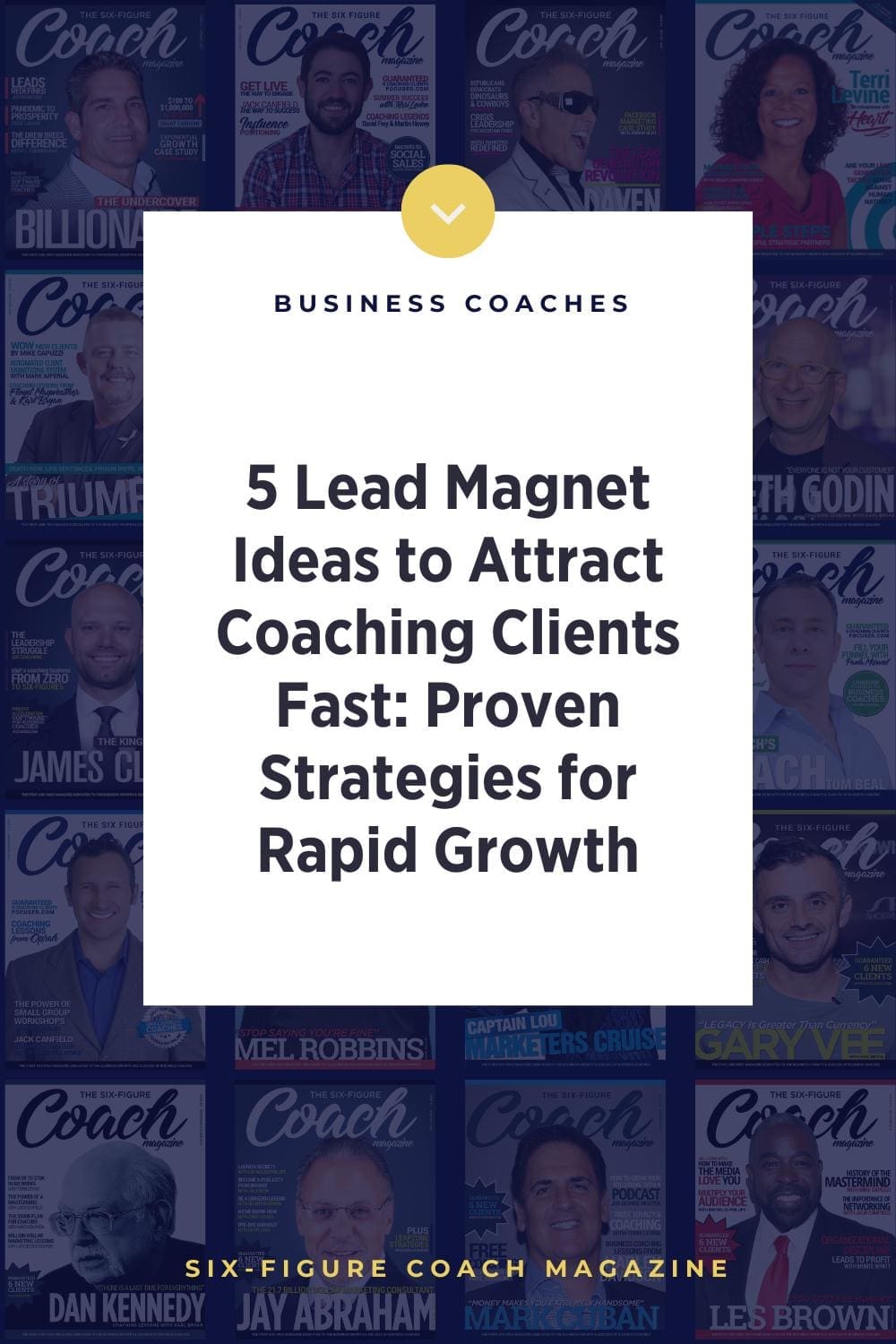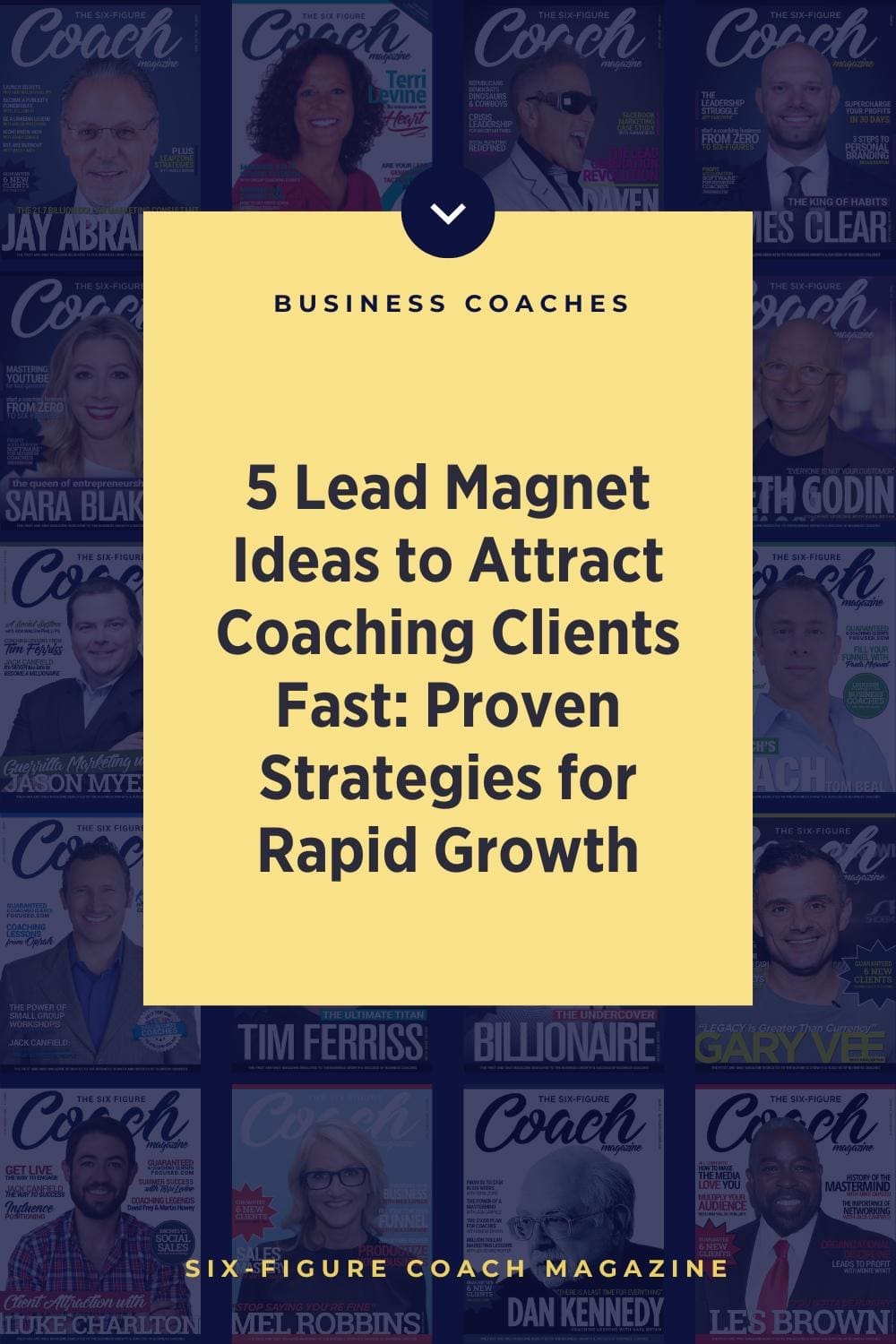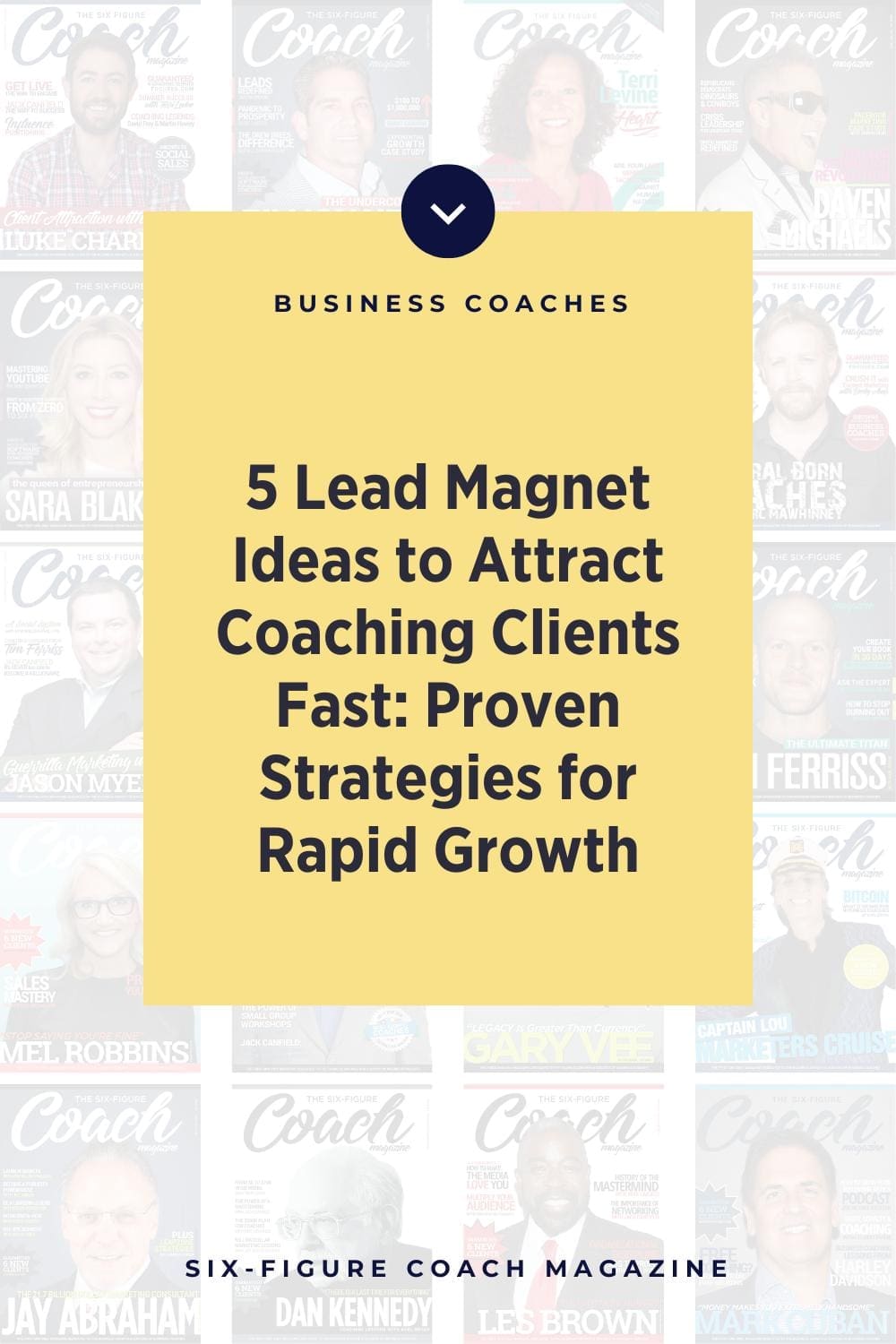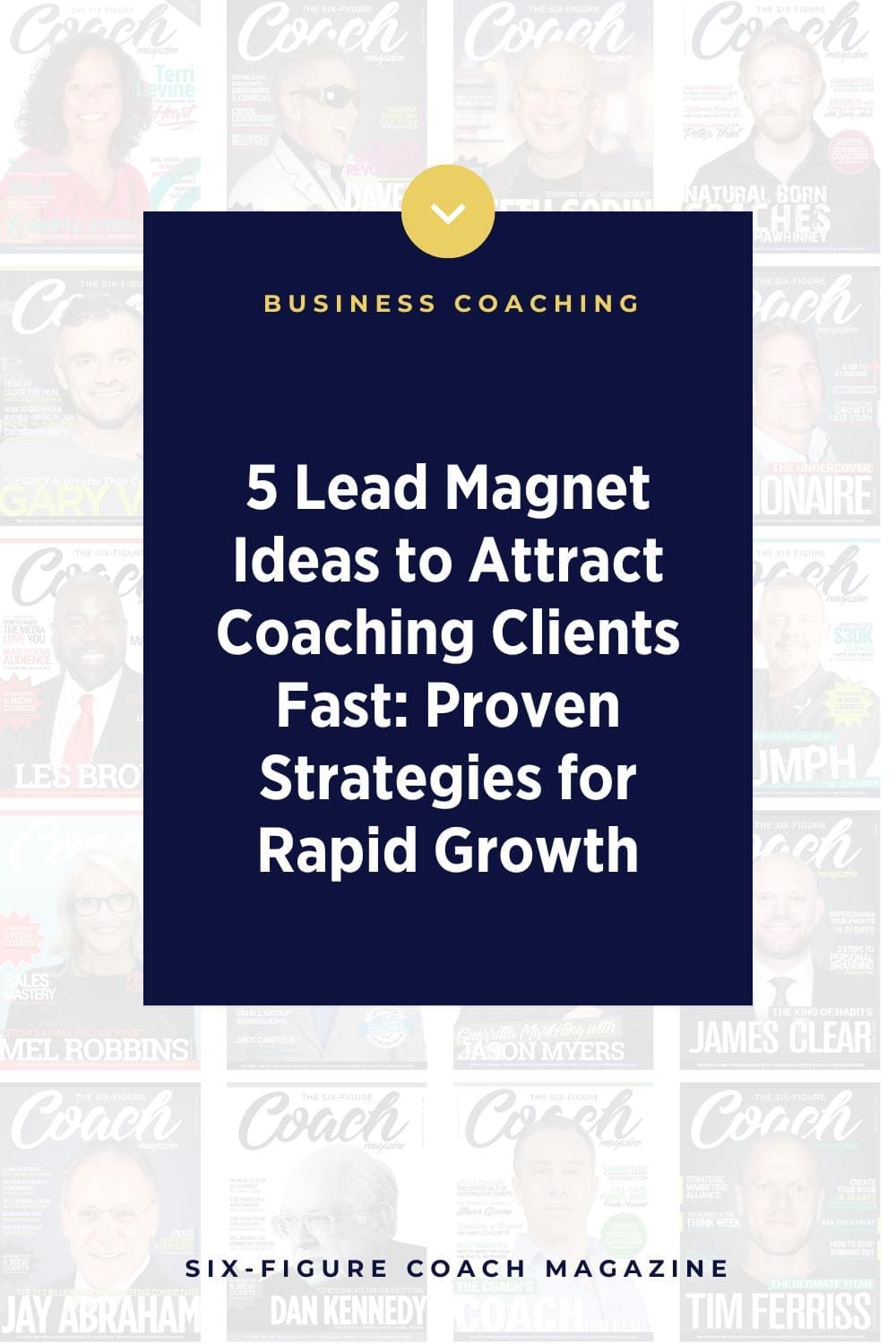5 Lead Magnet Ideas to Attract Coaching Clients Fast: Proven Strategies for Rapid Growth
Coaches face a common challenge: finding new clients. Lead magnets can help solve this problem.
These free offers attract coaching clients and grow email lists.
Effective lead magnets can quickly boost a coaching business’s client base. They provide value to prospects while showcasing the coach’s expertise. This builds trust and interest in paid services.
Lead magnets come in many forms. From free guides to mini-courses, coaches have options to suit their style and audience. The right lead magnet can turn curious visitors into eager clients. Let’s explore five powerful ideas to attract coaching clients fast.
The Role of Lead Magnets in Your Coaching Business
Lead magnets play a key part in attracting and converting potential coaching clients. They offer value upfront and help build relationships with prospects.
Understanding Lead Magnets
Lead magnets are free resources that coaches give away to get contact details from potential clients. These can be ebooks, videos, checklists, or other helpful items. The goal is to offer something useful that solves a problem for the target audience.
Lead magnets help coaches:
– Grow their email list
– Show their expertise
– Build trust with prospects
Good lead magnets are specific, easy to use, and give quick wins. They should match what the coach’s ideal clients need most.
Identifying Your Ideal Client
Knowing the ideal client is vital for creating effective lead magnets. Coaches must pinpoint who they want to work with and what those people need.
Key things to define about ideal clients:
– Demographics (age, job, income)
– Challenges and pain points
– Goals and desires
This info guides what type of lead magnet will work best. It ensures the free resource speaks directly to the right people.
Mapping Lead Magnets to the Buyer’s Journey
Different lead magnets work better at various stages of the buyer’s journey. Coaches should create resources that fit each step.
Awareness stage:
– Broad info that educates on a problem
– Blog posts
– Infographics
– Short videos
Consideration stage:
– More in-depth content on solutions
– Ebooks
– Webinars
– Case studies
Decision stage:
– Specific info about the coach’s services
– Free consultations
– Service comparisons
– Client testimonials
Matching lead magnets to each stage helps move prospects closer to booking.
Establishing Authority with Valuable Content
Lead magnets should showcase a coach’s knowledge and skills. The free content needs to be high-quality and truly helpful.
Tips for creating valuable lead magnets:
– Focus on one specific problem
– Give actionable advice
– Use a clear, easy-to-follow format
Coaches can repurpose their best content into lead magnets. This might mean turning a popular blog post into a checklist or expanding on a frequently asked question.
Valuable lead magnets position the coach as an expert. They prove the coach can help, making prospects more likely to pay for services.
Crafting Effective Lead Magnet Ideas
Lead magnets are powerful tools for attracting coaching clients. They offer value in exchange for contact information. The key is to create something useful that solves a specific problem for your target audience.
Offering Quick Wins
Quick wins are small, easy-to-implement solutions that give immediate results. They show potential clients the value of your coaching services.
Examples of quick win lead magnets:
- 5-minute guided meditation audio
- Checklist for daily productivity habits
- Template for setting SMART goals
These tools help people take action right away. They build trust and show your expertise. Quick wins make people more likely to sign up for your full coaching programs.
Designing for Engagement and Conversion
Effective lead magnets grab attention and encourage action. They should be easy to use and understand.
Tips for high-converting lead magnets:
- Use clear, benefit-focused titles
- Keep content short and focused
- Include visuals like charts or infographics
- Make sign-up forms simple with few fields
Test different formats to see what works best. Try ebooks, worksheets, or video tutorials. The goal is to provide value while showcasing your coaching skills.
Ensuring Actionable and Personalized Insights
Lead magnets should give people concrete steps to take. They should also feel tailored to the reader’s needs.
Ways to make lead magnets more actionable:
- Include specific examples
- Provide step-by-step instructions
- Add fill-in-the-blank exercises
Personalization ideas:
- Use quizzes to give custom results
- Segment content by industry or experience level
- Allow users to choose their top challenges
These strategies help people see how your coaching can apply to their unique situation. This makes them more likely to become paying clients in the future.
Top 5 Lead Magnet Ideas for Coaches
Coaches can use lead magnets to grow their email lists and attract new clients. These free resources provide value and showcase a coach’s expertise.
Free Guides and Ebooks
Coaches can create short guides or ebooks on topics their ideal clients care about. A life coach might write a guide called “5 Steps to Achieve Your Goals.” A business coach could offer an ebook on “Growing Your Small Business.”
These resources should be 10-20 pages long and focus on solving a specific problem. Coaches can use eye-catching cover designs and include actionable tips.
To promote the guide, coaches can share snippets on social media or blog posts. They can also add an opt-in form to their website to collect email addresses.
Educational Webinars and Workshops
Live or recorded webinars let coaches share their knowledge with many people at once. Topics could include “How to Land Your Dream Job” or “Boost Your Team’s Productivity.”
Coaches should pick a catchy title and create slides with key points. They can use polls or Q&A sessions to make webinars more engaging.
After the event, coaches can send the recording to those who signed up. This builds trust and gives people a taste of the coach’s teaching style.
Interactive Quizzes and Assessments
Quizzes and assessments help people learn about themselves. A health coach might create a “What’s Your Fitness Personality?” quiz. A career coach could offer a “Discover Your Ideal Work Environment” assessment.
These tools should have 5-10 questions and give personalized results. Coaches can use online quiz makers to set them up easily.
People love sharing quiz results, so these lead magnets can spread quickly on social media. Coaches should include an opt-in at the end to grow their email list.
Checklists and Cheat Sheets
Checklists and cheat sheets are quick reference guides people can use right away. A productivity coach might offer a “Morning Routine Checklist.” A marketing coach could create a “Social Media Post Ideas Cheat Sheet.”
These resources should be 1-2 pages long and easy to print. Coaches can use bullet points and icons to make them visually appealing.
Checklists and cheat sheets are great for busy people who want fast results. Coaches can promote them as time-saving tools to attract more sign-ups.
Exclusive Email Courses and Challenges
Email courses and challenges deliver bite-sized lessons over a set time period. A mindfulness coach could run a “7-Day Meditation Challenge.” A finance coach might offer a “30-Day Budget Bootcamp.”
Coaches should break down complex topics into daily or weekly emails. They can include short videos, worksheets, or action steps in each message.
These lead magnets keep people engaged over time. Coaches can use them to build trust and show the value of their full programs or services.
Best Practices for Creating Your Lead Magnets
Creating effective lead magnets requires careful planning and execution. These strategies will help you attract and convert more coaching clients.
Delivering High-Quality Content
Focus on providing real value to potential clients. Create lead magnets that solve specific problems or address common pain points. Use clear, actionable advice backed by research or experience. Break down complex ideas into simple steps.
Include practical tips, checklists, or templates that readers can apply immediately. Proofread carefully to catch any errors. Test your lead magnet with a small group before a wider release.
Optimizing the Landing Page Experience
Design a clean, visually appealing landing page. Use a clear headline that states the benefit of your lead magnet. Keep the copy concise and focused on how it helps the reader. Include 3-5 bullet points highlighting key features.
Add a simple opt-in form that asks for minimal information. Make the call-to-action button stand out with contrasting colors. Ensure the page loads quickly on all devices. Remove distractions like navigation menus or sidebars.
Building Trust through Freebies
Offer genuinely useful free resources without holding back key information. Showcase your expertise and unique approach through the content. Include your bio and credentials to establish authority.
Use professional design and branding across all materials. Be transparent about what readers can expect. Avoid pushy sales tactics or constant upsells. Consider adding customer testimonials or case studies to build credibility.
Nurturing Leads with Follow-Up Strategies
Set up an automated email sequence to engage new subscribers. Send a welcome message with the lead magnet and the next steps. Share additional tips and resources related to their interests. Invite subscribers to reply with questions or feedback.
Segment your list based on their actions and preferences. Offer exclusive content or early access to loyal subscribers. Use a mix of educational and promotional emails. Track open and click rates to improve your approach over time.
Leveraging Your Lead Magnets for Growth
Lead magnets can boost your coaching business when used strategically. The right approach turns these tools into powerful growth drivers.
Measuring and Analyzing Conversion Rates
Track how many people download your lead magnets and become clients. Use analytics tools to see which magnets perform best. Look at metrics like download numbers, email sign-ups, and client conversions.
Set up A/B tests to compare different lead magnet versions. This helps find what works best for your audience. Keep an eye on engagement rates too. See if people use your free resources after downloading them.
Create a spreadsheet to log your data over time. This makes it easy to spot trends and make smart choices about your lead magnets.
Adapting to Client Feedback and Pain Points
Listen to what your clients say about your lead magnets. Their feedback is gold for making improvements. Ask for comments through surveys or follow-up emails.
Pay attention to common questions or problems clients mention. Use this info to update your lead magnets or create new ones that address these issues directly.
Consider hosting a focus group with some of your clients. This can give you deep insights into their needs and how your lead magnets can better serve them.
Expanding Reach with Multi-Channel Promotion
Don’t just stick to one platform to share your lead magnets. Use many channels to reach more people. Share them on social media, your website, and through email marketing.
Try guest posting on popular blogs in your niche. Offer your lead magnet as extra value for readers. This can bring in new audiences who might not know about you yet.
Partner with other coaches or businesses that serve similar clients. Cross-promote each other’s lead magnets to tap into new networks.
Continual Improvement and Offer Update
Keep your lead magnets fresh and relevant. Set a schedule to review and update them regularly. This ensures they stay useful and in line with current trends in your coaching field.
Add new content or formats based on what your audience likes. If they enjoy videos, consider turning a written guide into a video series.
Use client success stories in your lead magnets. Real examples show the value of your coaching services and build trust with potential clients.
Test different titles and descriptions for your lead magnets. Small changes can sometimes lead to big jumps in downloads and conversions.
Conclusion
Lead magnets can be powerful tools for attracting coaching clients quickly. The five ideas presented offer diverse options to suit different coaching styles and target audiences.
Free consultations give potential clients a taste of your expertise. E-books and guides showcase your knowledge in a tangible format. Webinars allow for interactive learning experiences.
Quizzes and assessments engage people while providing personalized insights. Mini-courses demonstrate your teaching ability and offer immediate value.
Choosing the right lead magnet depends on your niche, skills, and ideal client preferences. Experiment with different options to find what resonates best with your audience.
Remember to deliver high-quality content that solves a specific problem for your target clients. This builds trust and positions you as an expert in your field.
With a well-crafted lead magnet, you can quickly grow your email list and attract potential coaching clients. Take action now to create and implement your chosen lead magnet strategy.
You may also like
Why Cost Cutting Is the Most Profitable Move Nobody Makes
Uncover the untapped power of cost cutting for business coaches. Discover actionable frameworks, pitfalls, and how to create profit leaps using smarter expense management.
The Power of the Flywheel: How Business Coaches Can Build Unstoppable Momentum
Discover how adopting a business flywheel strategy can create explosive growth and sustainability for your coaching clients. Learn actionable steps, common pitfalls, and next moves.
Why Simplicity Is the Secret to Scalable Coaching Success
Discover why simplicity scales. Learn how business coaches can simplify offers, systems, and strategies to build a profitable, sustainable practice.
